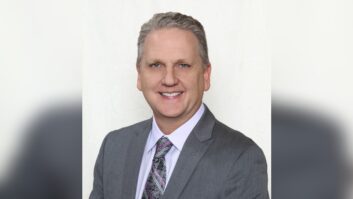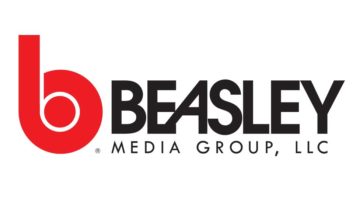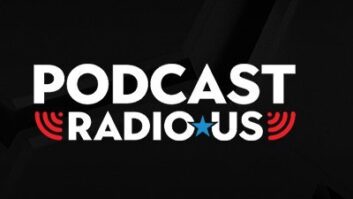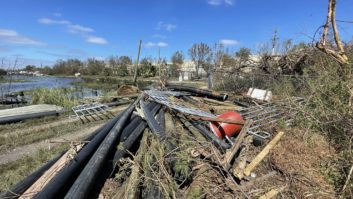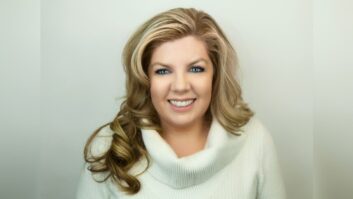Based as he is on the Gulf Coast in south Florida, Mike Cooney has experienced natural disasters. He knows that hurricanes, floods and wind present serious threats to broadcast infrastructure.
The chief technology officer of Beasley Media Group says facing such challenges gives him a better understanding of how to manage his employer’s resources and build redundancy into its systems.
Cooney’s skillful guidance through natural disasters and all sorts of industry technological changes are among the reasons he is the 2023 recipient of the NAB Radio Engineering Achievement Award. 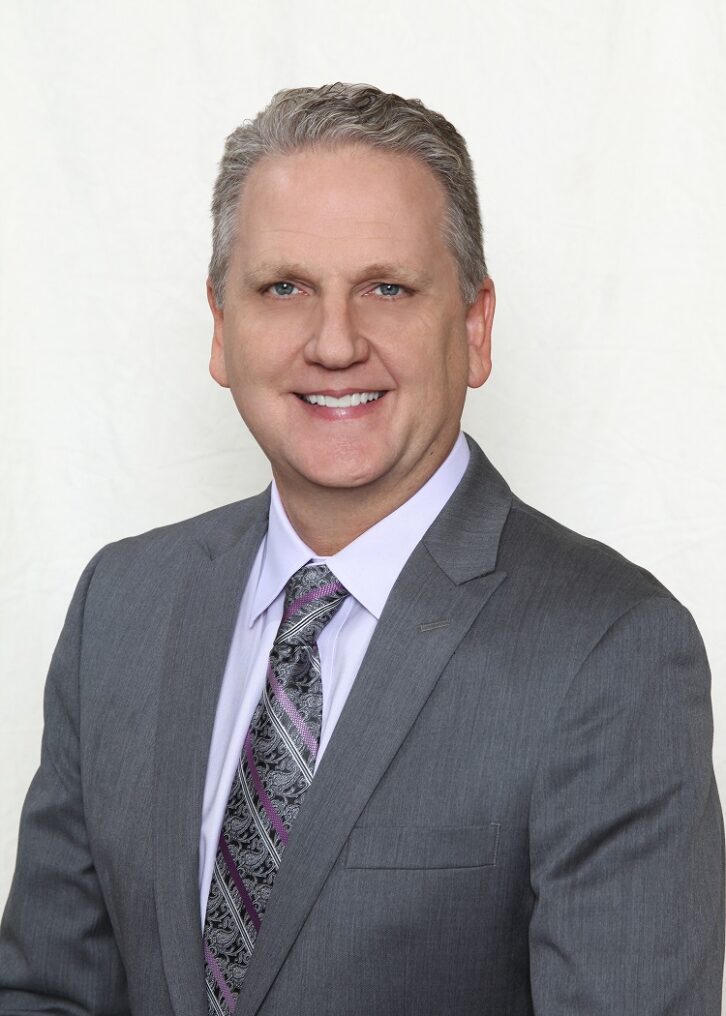
As CTO, he is responsible for the supervision and oversight of all engineering and technology matters related to Beasley’s 61 radio stations, as well as assisting in the management of the company’s capital and operating budgets. He is also a member of the company’s executive committee.
Cooney, 59, received the Radio World Excellence in Engineering Award in 2016. He is well regarded by his peers at the top of the radio engineering profession.
“What I think makes Mike effective, in addition to his obvious technical knowledge, is his collaborative approach to
working through major issues,” said Jeff Littlejohn, executive VP of engineering systems at iHeartMedia.
“Mike brings his own views and opinions to a topic, but also spends the effort to learn the opinions of others.”
Roz Clark, executive director of radio engineering for Cox Media Group, said, “Mike’s ability to provide a clear perspective on complex topics that our industry faces is valued in the many working groups he is involved with. His enthusiasm for the business is well known among his broadcasting friends, which includes pretty much everyone that has made his acquaintance.”
Cooney’s influence has indeed been felt far beyond Beasley.
For example he is a former chairman of NAB’s Radio Technology Committee and a member of the Technical Committee for the Broadcast Traffic Consortium, a coalition of North American radio organizations that formed a terrestrial broadcasting network to distribute content via their signals. He’s also a former radio representative for the NAB FASTROAD Committee. He is active with the Society of Broadcast Engineers.
His career began with studying industrial electronics at Lake Area Technical Institute in Watertown, S.D., and he got his start at South Dakota Public Television and Radio. He worked for a military subcontractor, designing and installing radio and TV facilities around the world, including high-power projects in the Philippines. He then spent eight years with the former Entercom before joining Beasley in 2007.
Beasley’s broadcast portfolio includes 48 FM stations, 12 AM stations and 20 FM translators spread across 15 U.S. markets. Cooney also manages a large number of digital multicasts and oversees the IT and web departments. In all, he oversees approximately 50 engineers and IT staff.
Cap-ex management is part of the job, and gets to do what he loves: manage construction projects as design engineer. Major recent projects include a studio reconfiguration at One Bala Plaza in Philadelphia and a brand-new studio build in Boston.
“Downsizing was a part of the reason for the projects in Boston and Philly,” he said. “We didn’t eliminate as much space in Philadelphia as we wanted because we stayed in the existing building. Obviously everything has changed when it comes to space requirements. We now utilize smaller studios and fewer of them.”
Beasley went from 36,000 to about 30,000 square feet in Philadelphia. It has five FM and three AMs in the City of Brotherly Love.
“Boston was more of a significant downsizing. We went from 45,000 square feet, which included some indoor parking, to about 28,700. Studios are smaller and we have fewer sales staff, which also allowed us to shrink the office space with fewer sales cubes.”
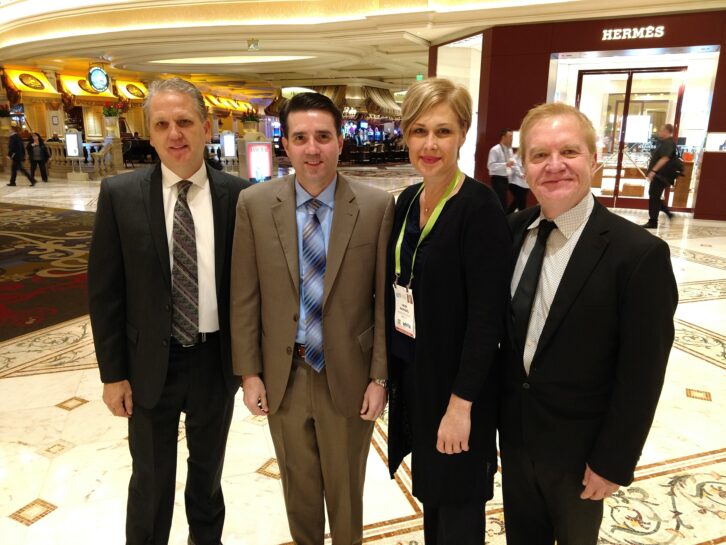
Building redundancy
As part of its modernization efforts, the company is doing testing with WideOrbit cloud-based products, though Cooney says Beasley has yet to adopt many of the virtualization and cloud possibilities being explored by some radio companies.
He acknowledges that virtualization of PPM encoding and audio processing have had a big impact in the industry, and that virtualization of EAS is probably next. He knows that some competitors with large broadcast facilities in big markets now have only a few racks of equipment where once they had many.
“We think [virtualization] is great for redundancy and will be more prevalent in the future, but we really have been more focused on hardening facilities and adding redundancy instead of virtualization and going to the cloud.”
Beasley has been adding backup transmitter facilities in some markets, Cooney said; it’s currently working on additional aux sites for Tampa and Las Vegas.
“And we are putting WideOrbit systems emergency IP connections at most transmitter facilities for redundancy. We also built an off-site WideOrbit system in Charlotte, N.C., which if needed can run up to 13 stations in any of our markets across the country,” he said.
[Sign Up for Radio World’s SmartBrief Newsletter]
Like many radio companies, Beasley uses cloud-based products for front-of-office applications, including Marketron traffic and Microsoft 365. “That makes a lot of sense and we’re expanding that,” he said. “Also, a lot of our digital products are cloud-based, and we spend a lot on protecting all our systems with various cyber security products.”
While Beasley has not suffered a major hack or ransom attack, Cooney is well aware that cybersecurity has been an issue for several large broadcast groups.
“My concern with virtualization is that everything is great when the cloud is working and your network is working, but if you have a cyberattack and everything is tied to the cloud, you are off the air,” he says.
“That’s one of the reasons we are adding playback systems at our transmitter sites. For that specific reason, so we can stay on the air.”
Recent events have only reinforced the importance of thinking about business continuity. A fire at an American Tower site near Fort Myers, Fla., last summer did nearly a million dollars in damage and forced Beasley to move to its aux site in nearby Estero.
Only a few weeks later, the ravaged site was hit again, this time flooded out by Hurricane Ian. The storm also tore a part of Cooney’s roof off of his Naples home.
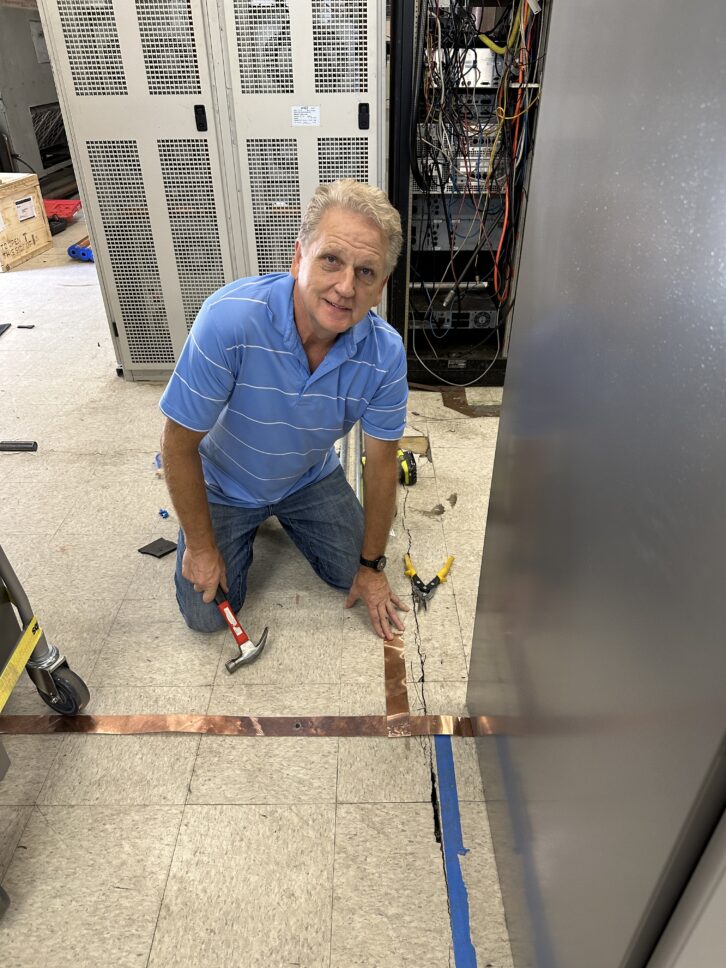
He and Beasley’s chief in Fort Myers, Tigram Grant, worked around the clock to keep their stations on the air, including having to scramble to obtain diesel fuel to run generators at the backup site.
He said at the time that the experience was a good example of how radio broadcasters work hard to serve the public interest. “I worry that the younger generation doesn’t quite comprehend what it takes to do this, the dedication and the commitment.”
Beasley is rebuilding transmission facilities at the restored Fort Myers site.
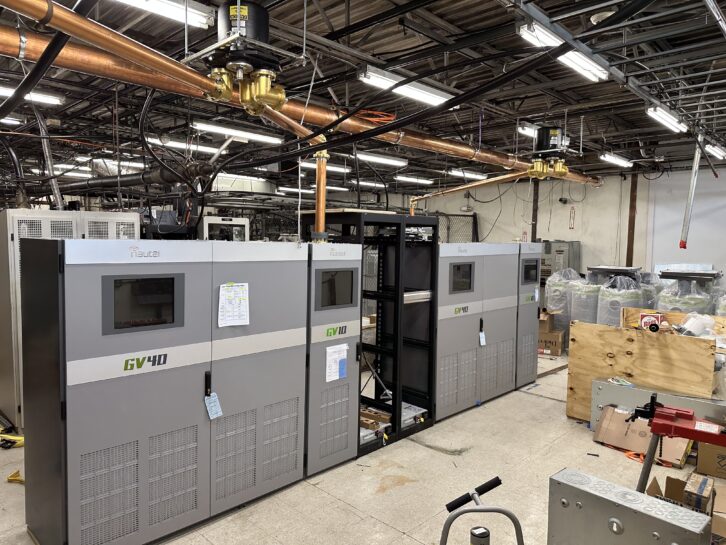
Future of AM
Cooney has been part of AM revitalization discussions and was the chairman of the NAB’s Radio Technology Committee for eight years. He also serves on the NAB Automotive Initiative Committee and the Automotive Digital Dashboard Committee.
He is aware of the decision by some car manufacturers to discontinue analog AM radio in new vehicles.
“Some of the responses I’ve seen the from carmakers are a cause for concern, but others are still big supporters of AM. AM is important, especially for me, when it comes to emergency alerting, and none of us want to see it go away. It all depends on whether the automakers want to spend money on the filtering in electric cars.”
Beasley itself has turned off several AM facilities in recent years, including expanded-band stations in Augusta, Ga., and Charlotte, N.C. Last year it also swapped an AM station in Las Vegas with Audacy, which the latter has now turned off in order to sell the property.
“Honestly having a few less AM stations is not a bad deal to me, and it may clean up the band some,” Cooney said. “But broadcasters are shutting down AM signals because the property the sites sit on are more valuable than the station.”
If necessary, he said, the federal government should step in to protect AM radio in cars.
Beasley is a company with a high profile within broadcast. Caroline Beasley has been highly visible in the commercial U.S. radio industry since becoming CEO in 2017, appearing often in public settings and serving stints as chair of the NAB’s joint board of directors and of its radio board.
Under her leadership, the family-owned company hasn’t been afraid to explore new ideas and digital initiatives.
In 2018 it launched an e-sports division and acquired an e-sports team. It is an investor in Quu, which helps radio stations monetize their RDS and HD Radio in-car displays. It also is a backer of SpokenLayer, a provider of voice and audio content for virtual assistant and connected devices.
Cooney said another example is Beasley’s participation in Xperi’s hybrid radio platform in cars, DTS AutoStage. “It seems to be expanding and it looks great. It’s really a phenomenal user experience.”
Beasley also has voiced support for the proposal from NAB and Xperi asking the FCC to grant a power increase for FM HD Radio radio stations.
Cooney resides in Naples, Florida, which is home to Beasley’s corporate offices. He restores old audio amplifiers in his spare time and sells them on eBay; he also buys houses to renovate and resell.
Other recent radio recipients of the NAB’s award include Ashruf El Dinary, Dave Hershberger, Jeff Welton and Gary Cavell. The television recipient this year is Doug Lung of NBCUniversal.
“When you talk with Mike Cooney, you get the sense not only of high competence but of directness glimmering from behind a quiet, even-keeled personality (though he insists he isn’t always so mild in the office).” That’s how Radio World’s Paul McLane described Cooney upon the presentation of the Radio World Excellence in Engineering Award in 2016.
“You aren’t surprised to learn that he comes from the upper Midwest, a rural South Dakota town of about 350 people — the kind of place where folks left their keys in their vehicles and where even today they don’t lock their doors. His dad was a postmaster, his mom a legal assistant. It was a great place to grow up, but not one with a lot of career opportunities unless you wanted to work the land, as most of his friends did.”
You can read about Cooney’s early career — including his work at South Dakota Public Television and Radio, Radio One Broadcasting and Entercom — at http://tinyurl.com/rw-cooney.





